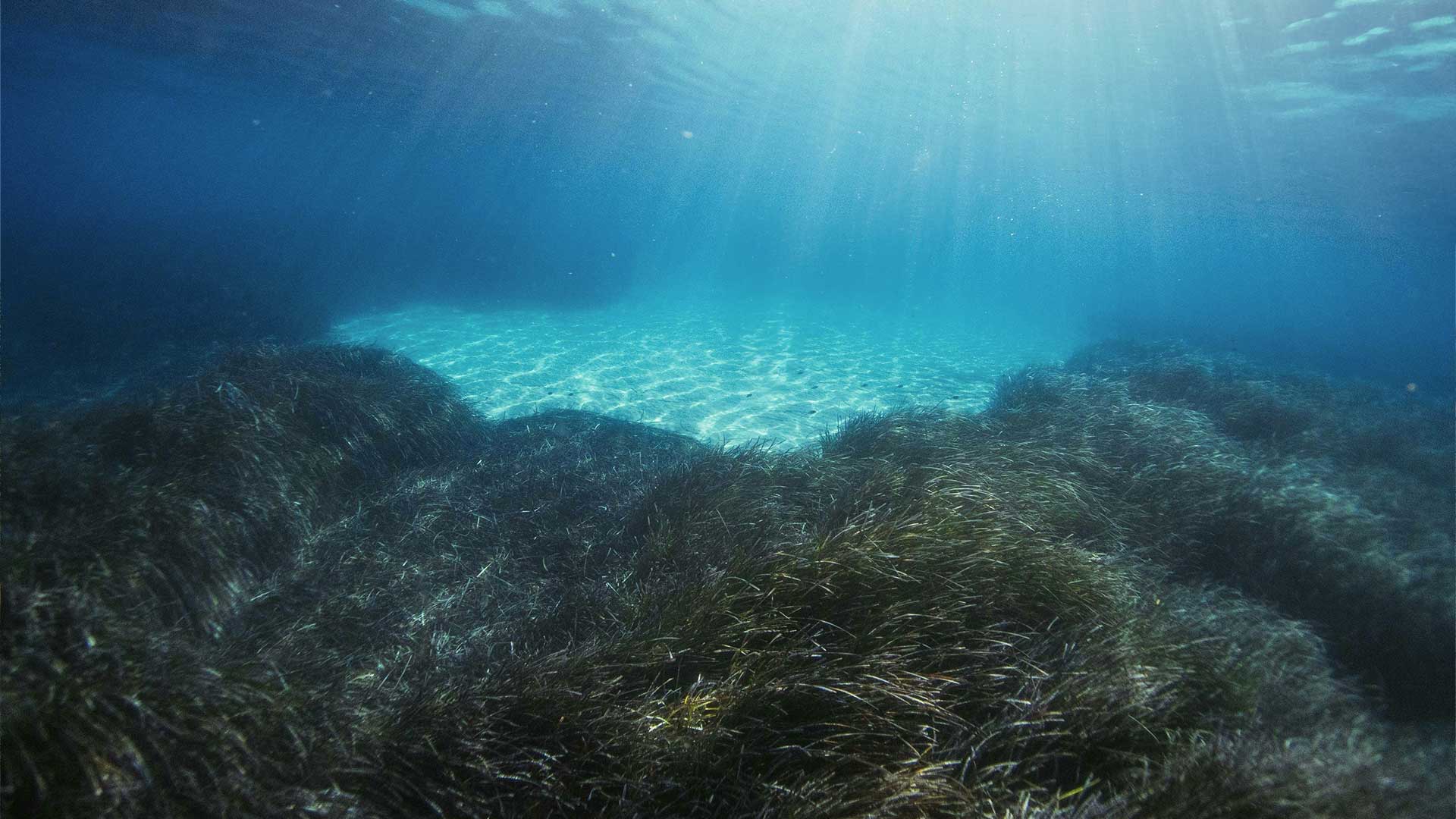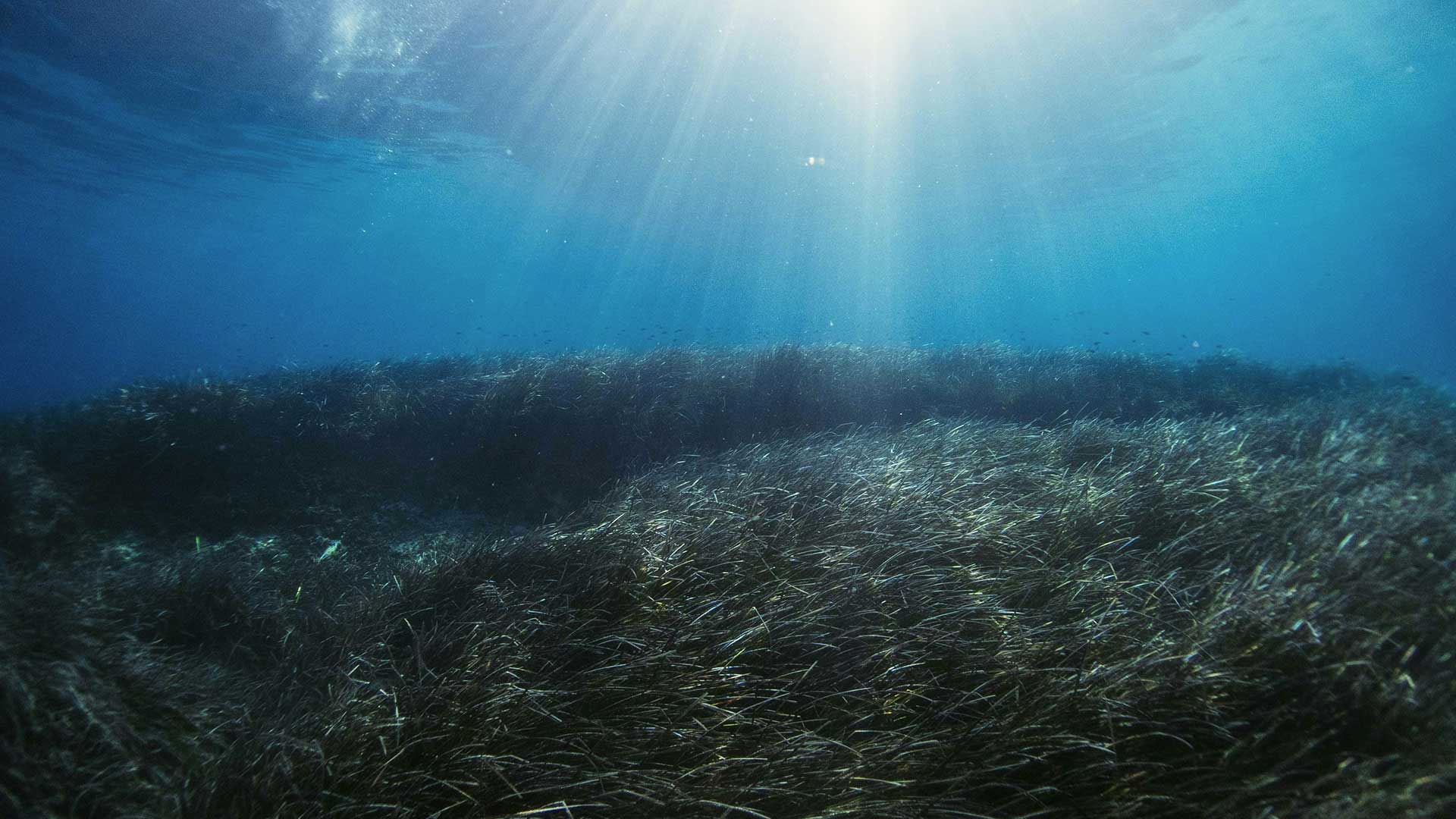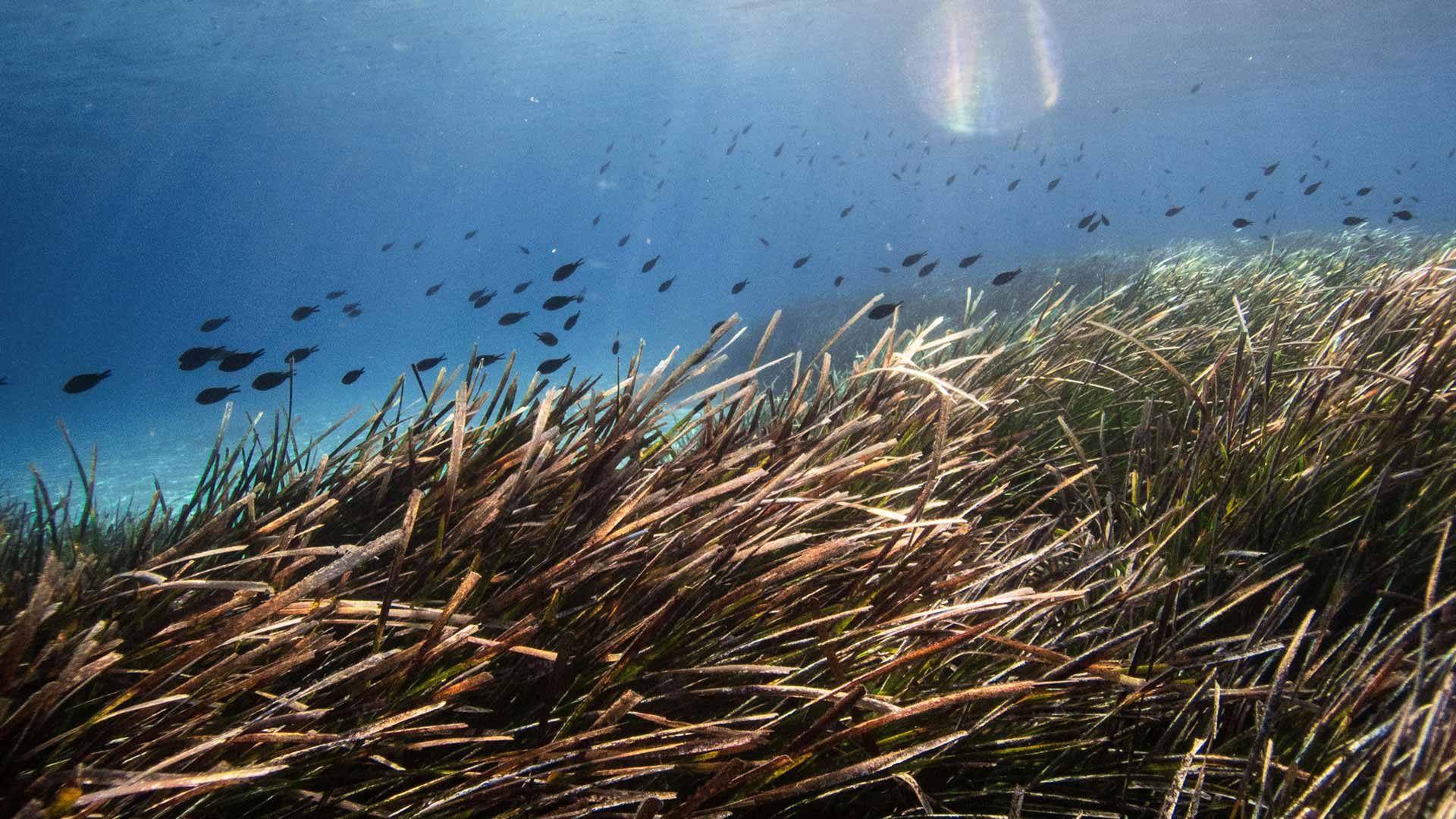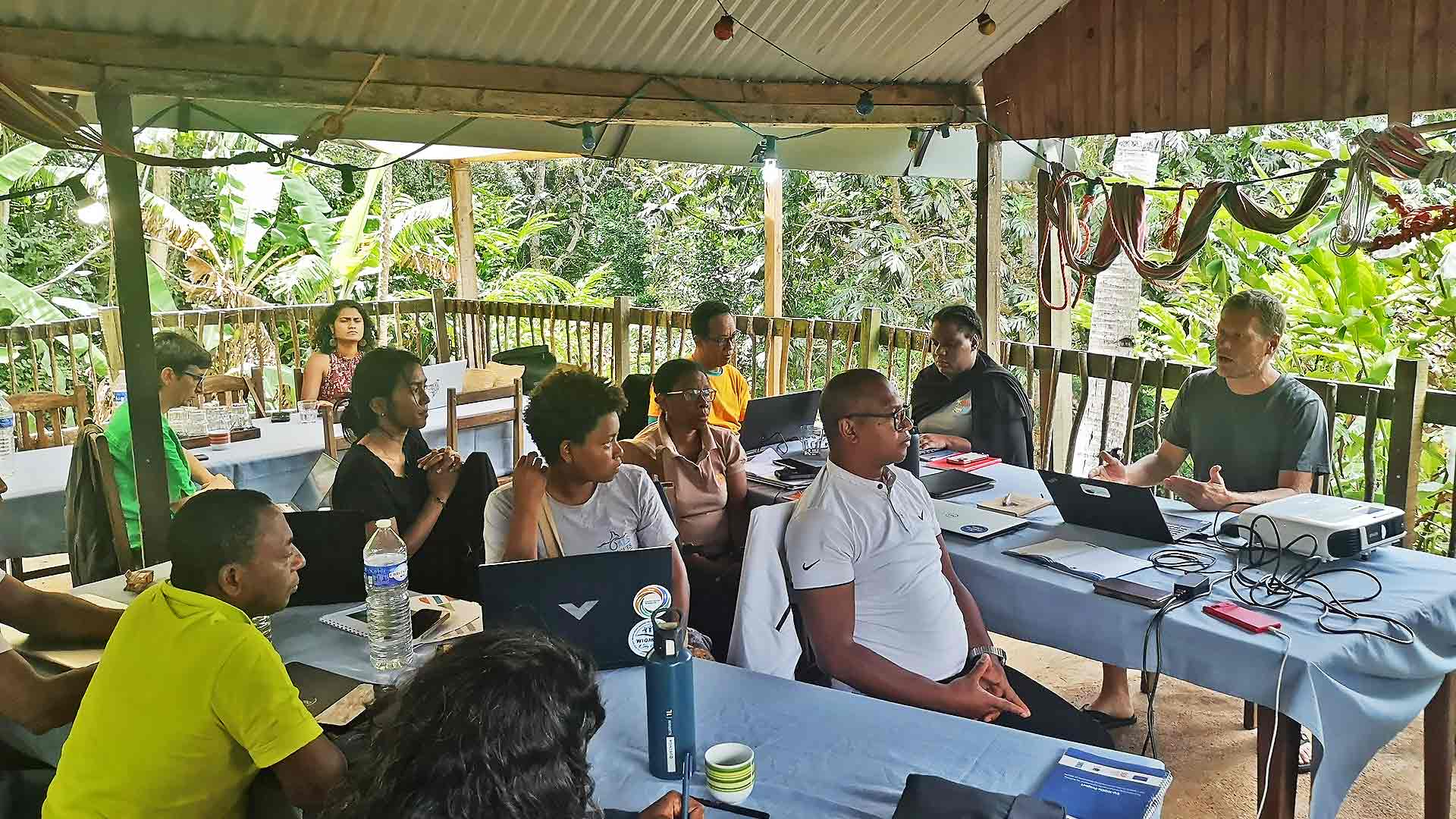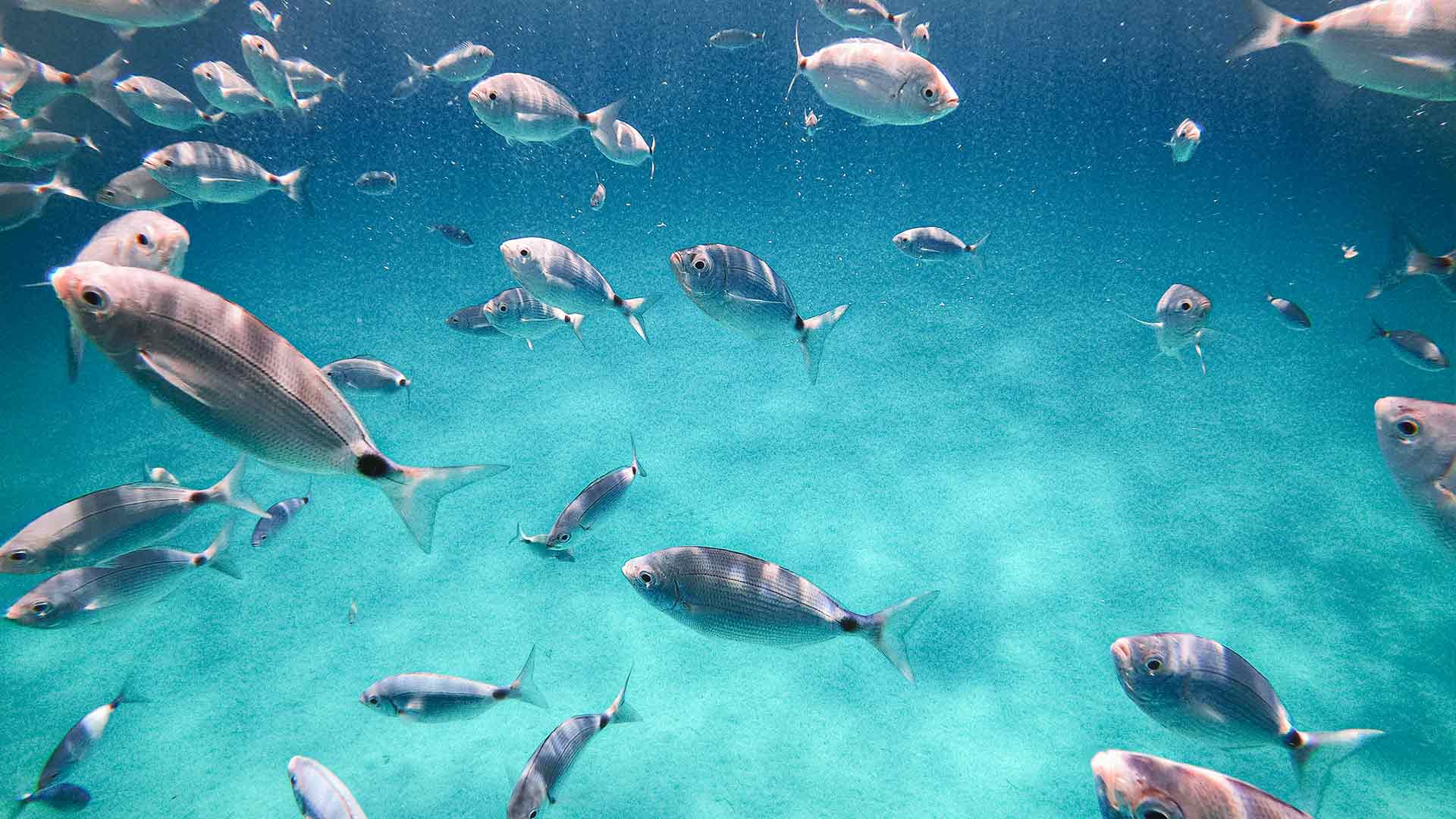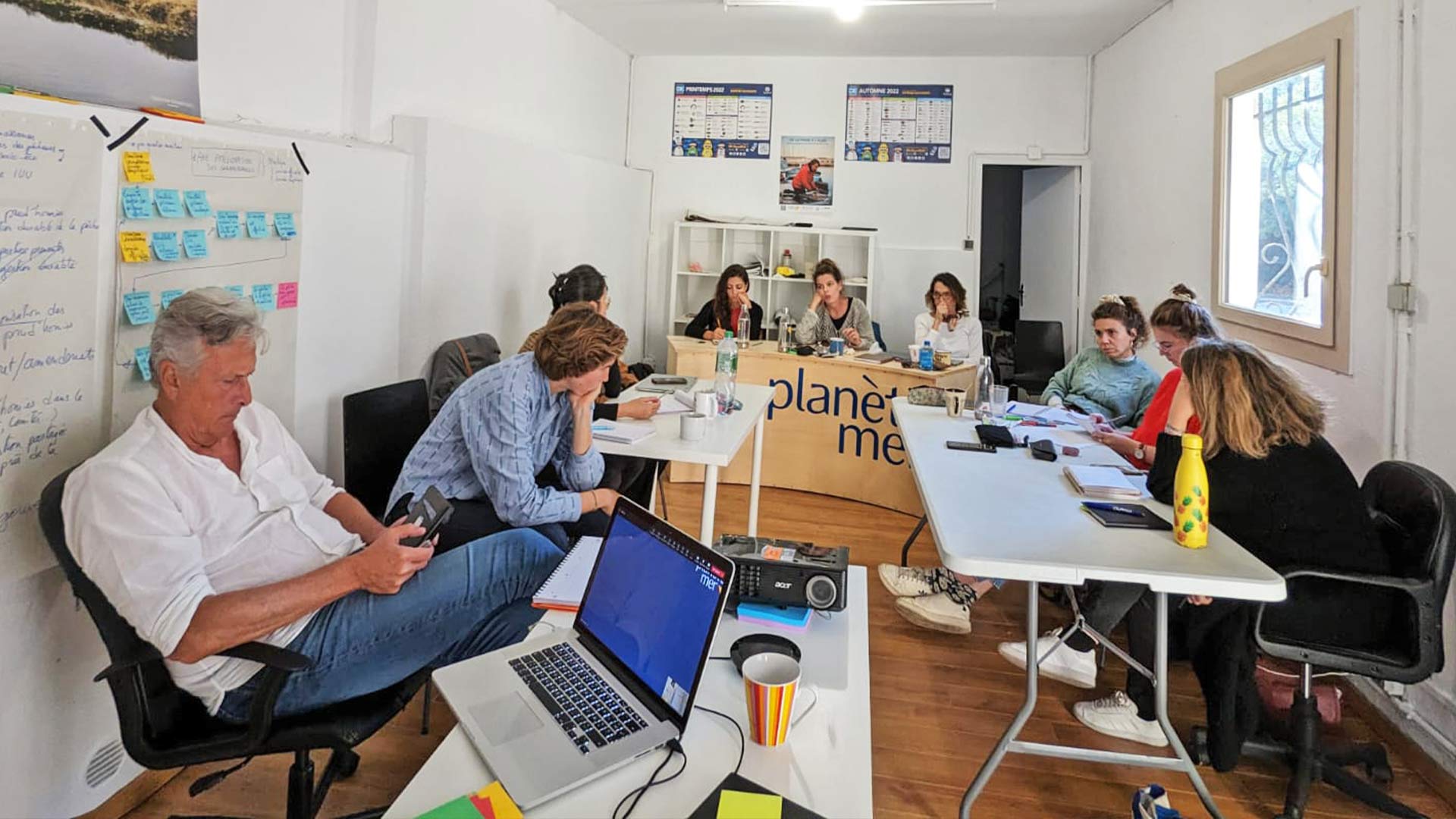Project background
WWF’s efforts to conserve Mediterranean seagrass meadows
The Mediterranean region has over 2 million ha of seagrass meadows distributed along its coastlines. These meadows, particularly the ones of Posidonia oceanica, represent a key habitat for many marine species and have critically important roles as fish nurseries, carbon sinks and for coastal protection.
Mediterranean seagrass meadows suffer from the cumulative impacts of multiple stressors, including anchoring, water pollution, climate change and sedimentation. Efforts to protect these seagrasses have been insufficient in the region and innovative protection and restoration approaches are needed to ensure a successful recovery.
With the Mediterranean Blue Forests project, the WWF aims to reverse the trends of seagrass ecosystem degradation and to remove key barriers to their natural restoration by advocating for the adoption of national level policies and measures to protect meadows; implement solutions to diversify the income of local communities; and pilot innovative and scalable Blue Carbon financing opportunities.
